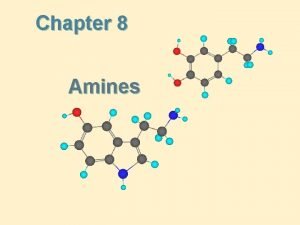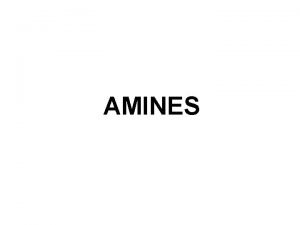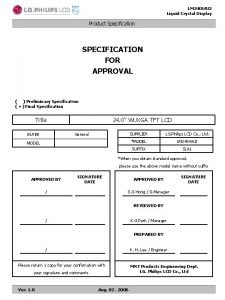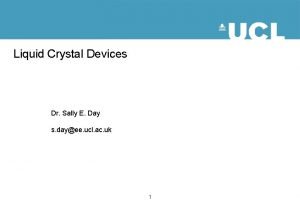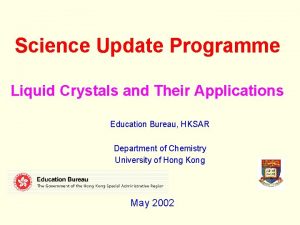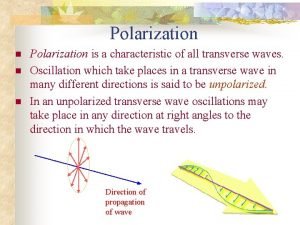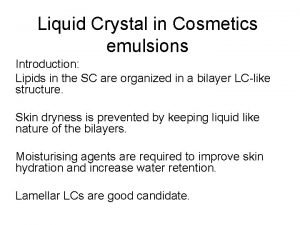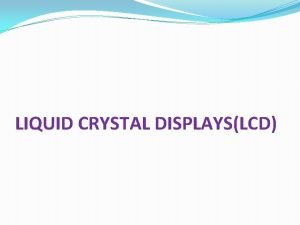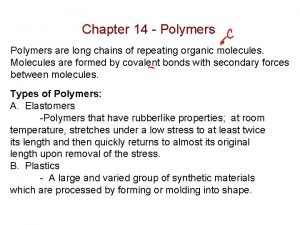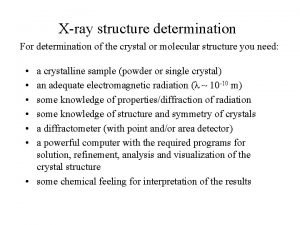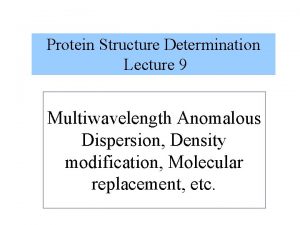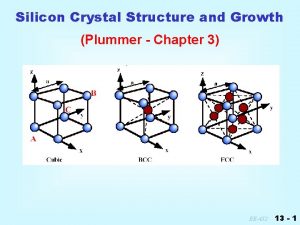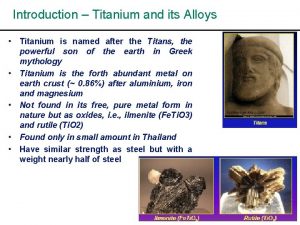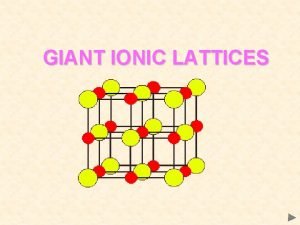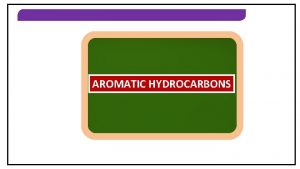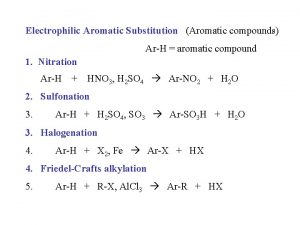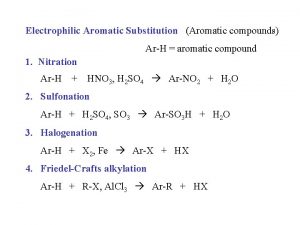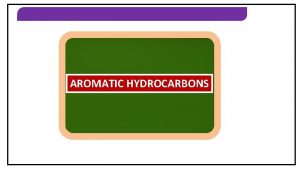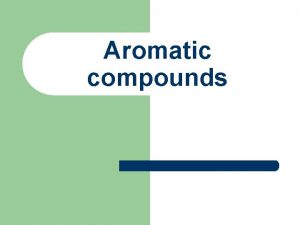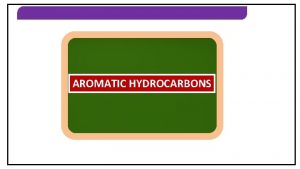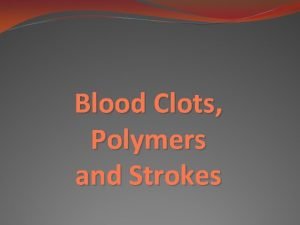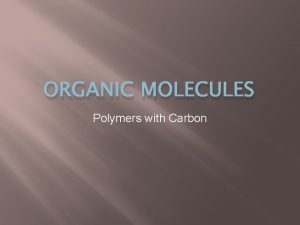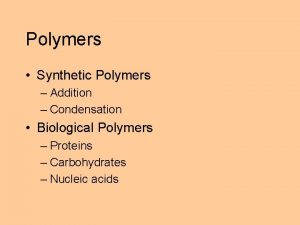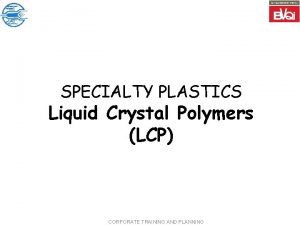Structure Determination of Aromatic Polyesters Liquid Crystal Polymers

















- Slides: 17

Structure Determination of Aromatic Polyesters (Liquid Crystal Polymers) Cristina Contreras

Characteristics of LCPs § Flame retardant (140 °C) § Chemical resistance (oxygen) § Excellent flow in mold (~ 320 °C) § Mesomorphism (neither liquid nor crystal) § Transparent to microwave radiation

Current Uses of LCPs § Electronic (electronic, optoelectronic, fiberoptics) § Fillers (glass fibers, carbon fibers, mineral fillers) § Electronic packaging

LCPs in Space? § § § Stable (not oxidized) Much lighter than metal Fuel tanks for liquid oxygen

Polymerization

Monomers

Questions § What are the structures of the polymers? – Internal groups - End groups

Methods § Extraction of small molecules, MS - Hexafluoroisopropanol (HFIP) § Depolymerization, NMR - Na. OD/D 2 O - Isopropylamine

Mass Spectrometry

Nuclear Magnetic Resonance http: //www 2. potsdam. edu/walkerma/341 nmr 1 b. GIF


Depolymerization with Amines

§ Na. OD/D 2 O Results - 5 to 7% more acids than phenols § Isopropylamine - 5% of products indicating anhydrides

Discussion § The presence of anhydrides was indicated by NMR methods § MS/MS also supported anhydrides but was not quantitative

Conclusions § A quantitative procedure for converting LCPs back to monomers was developed § A mass spectral method for observing the smaller polymer molecules was found § Anhydrides units were observed in the polymer, making them less stable to water

More Conclusions § Anhydrides can be avoided by starting with excess phenols § Identifying small molecules for environmental concerns

Acknowledgements § § § NASA Solvay Dr. Hall and Dr. Bates
 Basicity of amines
Basicity of amines Primary secondary amine
Primary secondary amine Lm 240
Lm 240 Liquid crystal
Liquid crystal Liquid crystal.h
Liquid crystal.h Application of liquid crystal
Application of liquid crystal Liquid crystal display
Liquid crystal display Liquid crystal cosmetics
Liquid crystal cosmetics Dynamic scattering type lcd
Dynamic scattering type lcd Structure of polymers
Structure of polymers Pure liquid dielectrics example
Pure liquid dielectrics example Liquid liquid extraction unit
Liquid liquid extraction unit X-ray structure determination
X-ray structure determination Protein structure determination
Protein structure determination Diamond zinc blende structure
Diamond zinc blende structure Silicon unit cell
Silicon unit cell Titanium crystal structure
Titanium crystal structure Giant ionic lattice examples
Giant ionic lattice examples
